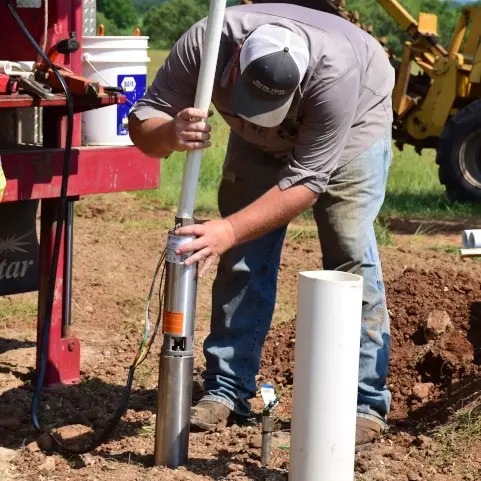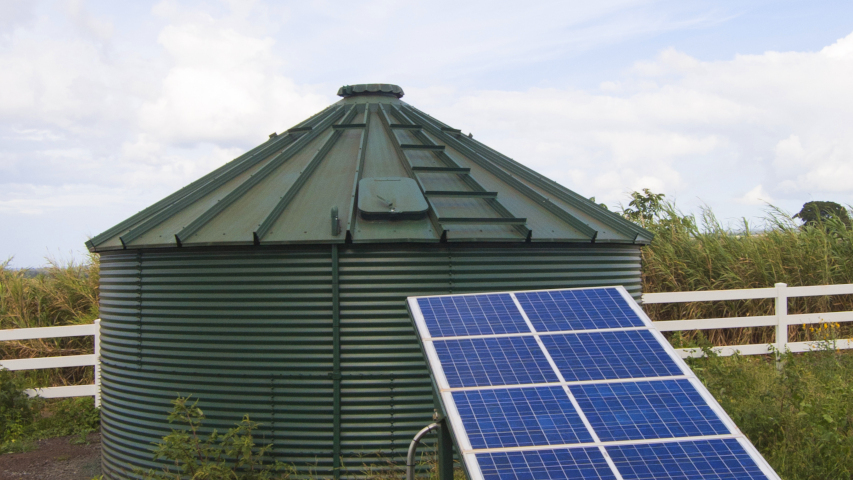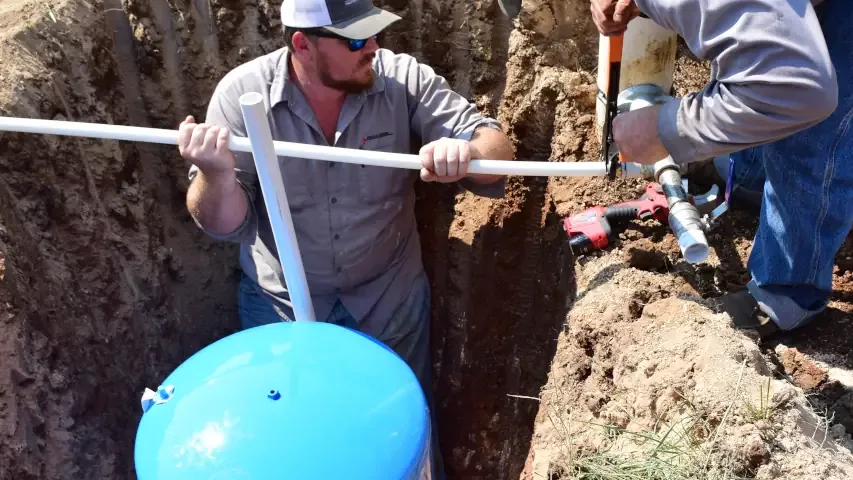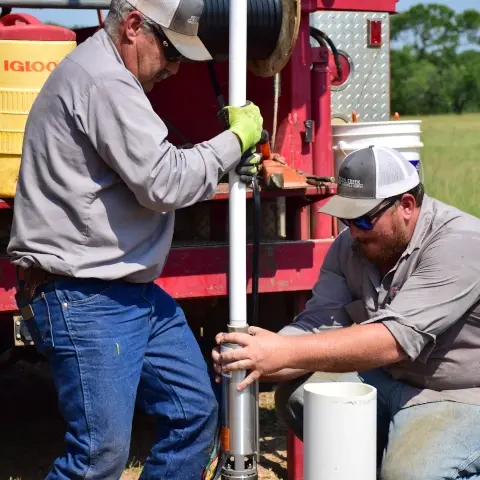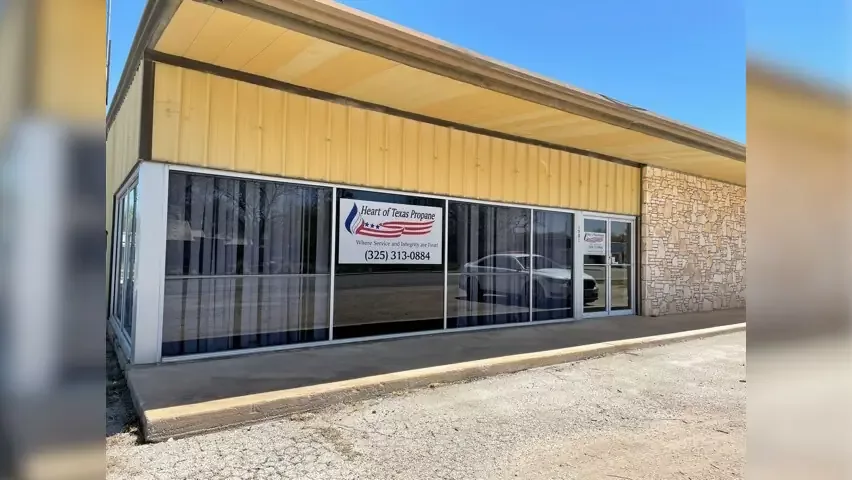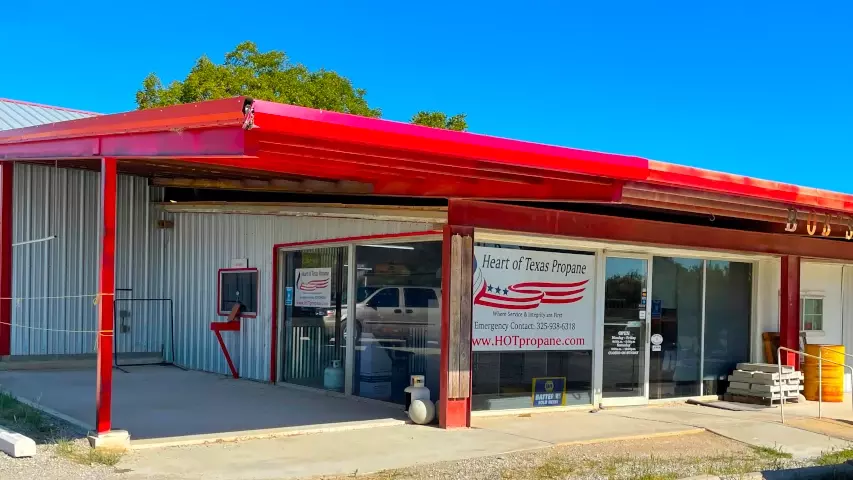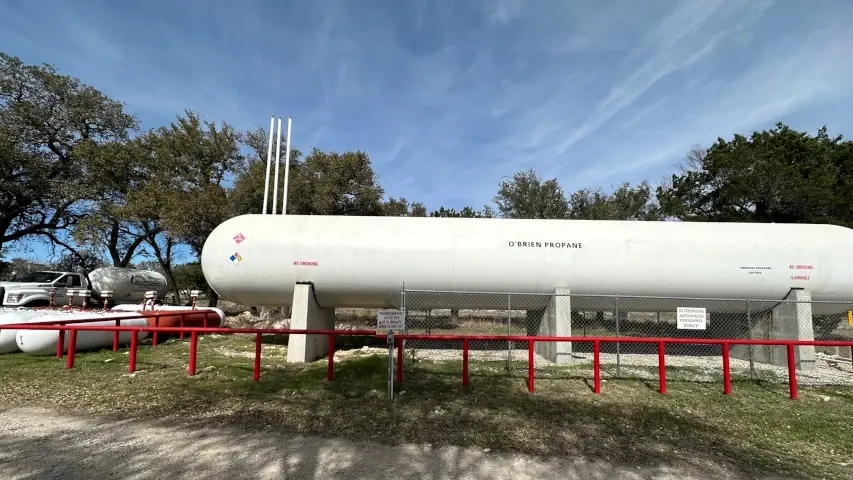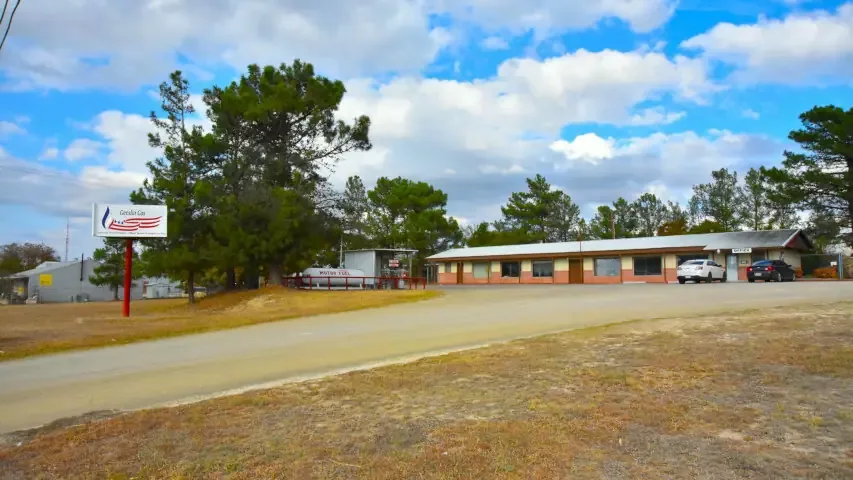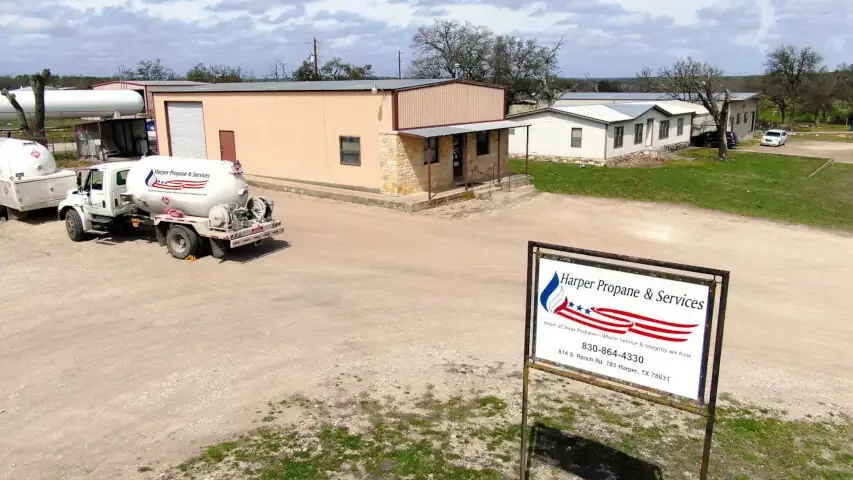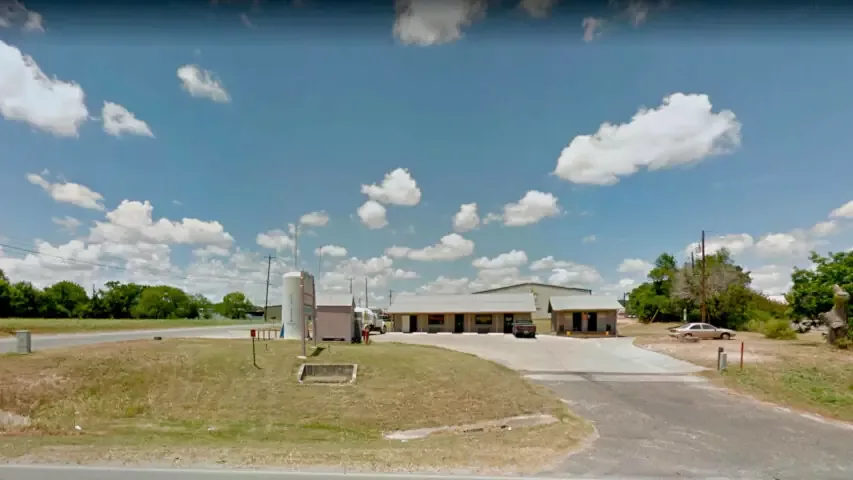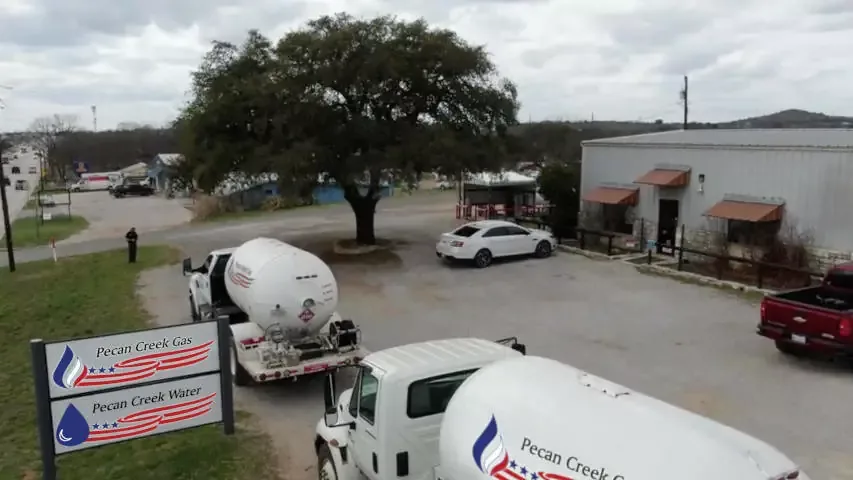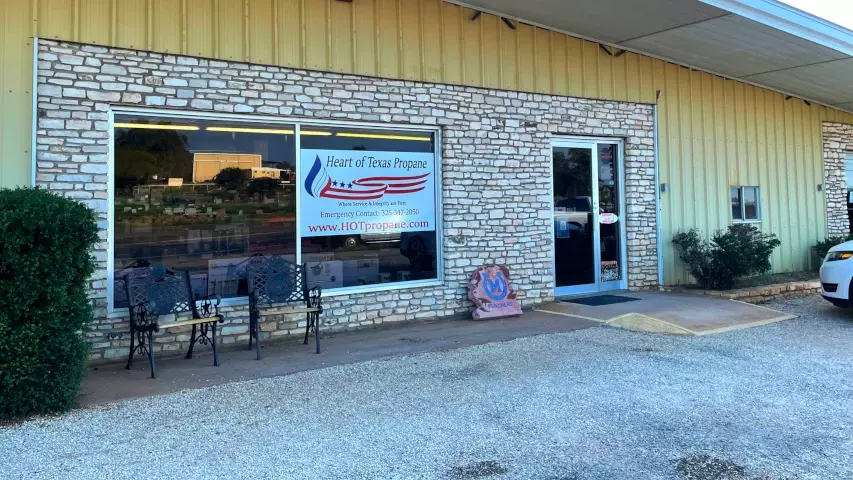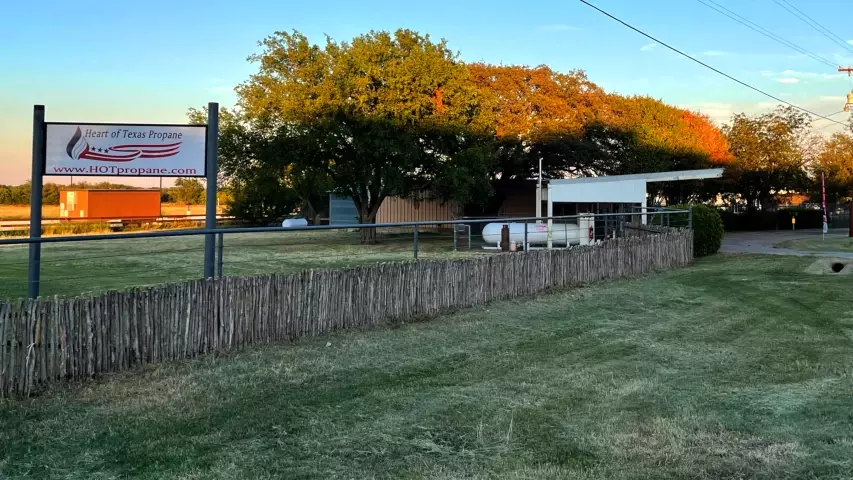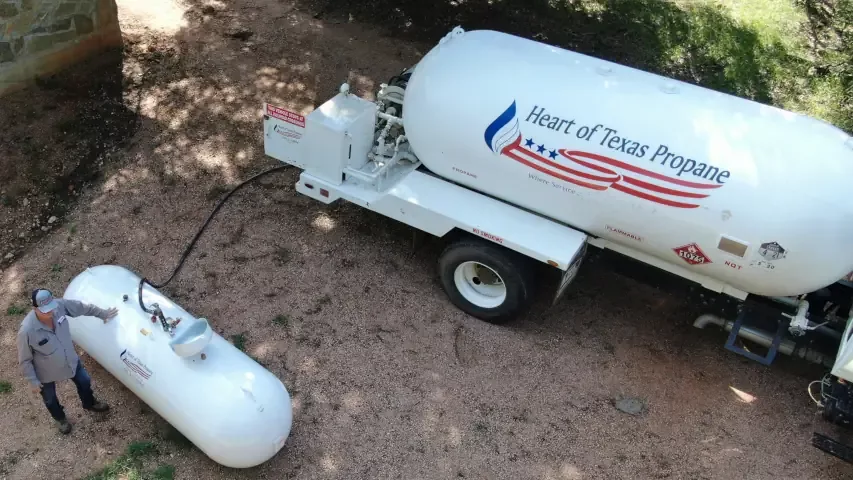Cost Breakdown of Common Water Well Upgrades in the Hill Country
Thinking About Upgrading Your Well? Here’s What to Expect
If you live in the Texas Hill Country, your well system isn’t just a convenience—it’s a necessity. But like anything that gets daily use, it might need a few upgrades over time to keep up with your family, your land, or just good ol' Texas weather. The big question is: what's it going to cost?
We’ve put together a breakdown of the most common well system upgrades so you know what to budget for and where you might want to invest first.
Constant Pressure System (CPS)
- What it does: Keeps your water pressure steady even when multiple taps are running.
- Cost range: $1,500 - $3,500 (installed)
- Good for: Homes with pressure issues, larger families, or those who use a lot of water at once.
Solar-Powered Pump System
- What it does: Powers your pump using solar panels for off-grid or energy-efficient setups.
- Cost range: $2,000 - $5,000 (depending on depth and flow needs)
- Good for: Remote properties, off-grid living, or those wanting to cut electric bills.
Water Softener System
- What it does: Removes calcium and magnesium to fight hard water.
- Cost range: $800 - $2,500 (installed)
- Good for: Homes dealing with spots, scale buildup, and dry skin/hair.
Backup Water Storage Tank
- What it does: Stores water during off-peak times for use during droughts or high demand.
- Cost range: $1,000 - $4,000+ (depending on size and material)
- Good for: Drought protection, livestock watering, and fire safety.
Well Pump Replacement or Upgrade
- What it does: Replaces aging or underperforming pumps.
- Cost range: $1,200 - $2,500 (submersible or jet pump installed)
- Good for: Older systems, low output, or pumps making weird noises.
Sediment or Carbon Filtration System
- What it does: Filters out sand, silt, and other impurities.
- Cost range: $300 - $1,200 (depends on system size)
- Good for: Improving water quality and protecting appliances.
GPM Testing and System Inspection
- What it does: Measures gallons-per-minute flow rate and checks system health.
- Cost range: $150 - $400
- Good for: Diagnosing low pressure, checking before adding upgrades.
Final Thoughts
Upgrading your well system isn’t always cheap, but it’s an investment in long-term comfort, safety, and efficiency. Whether you’re dealing with hard water, pressure problems, or drought concerns, there’s a solution that fits your needs and your budget.
If you’re thinking about an upgrade, give us a call. We’ll help you figure out the right setup for your property. No pressure, just helpful advice.
FAQ – Water Well Upgrade Costs
Sometimes. Energy-efficient upgrades like solar pumps may qualify for tax credits or rebates. Check with your local utility or tax professional.
Some, like sediment filters or above-ground storage tanks, are DIY-friendly. For anything electrical or deep well-related, it’s best to call a pro.
With proper maintenance: water softeners and CPS can last 10-15 years, solar systems 20+, and pumps around 10 years.
In some counties, yes. Especially for new well drilling or large storage tanks. Always check local regulations before starting.
Start with your biggest pain point. If water pressure is a hassle, go with a CPS. If drought is your main worry, a storage tank might be the way to go.
More Fuel for Thought Blog Posts

Hard Water in the Hill Country
Tired of spots, soap scum, and scale buildup? Learn how to fix hard water issues in your Hill Country home with simple, effective solutions.
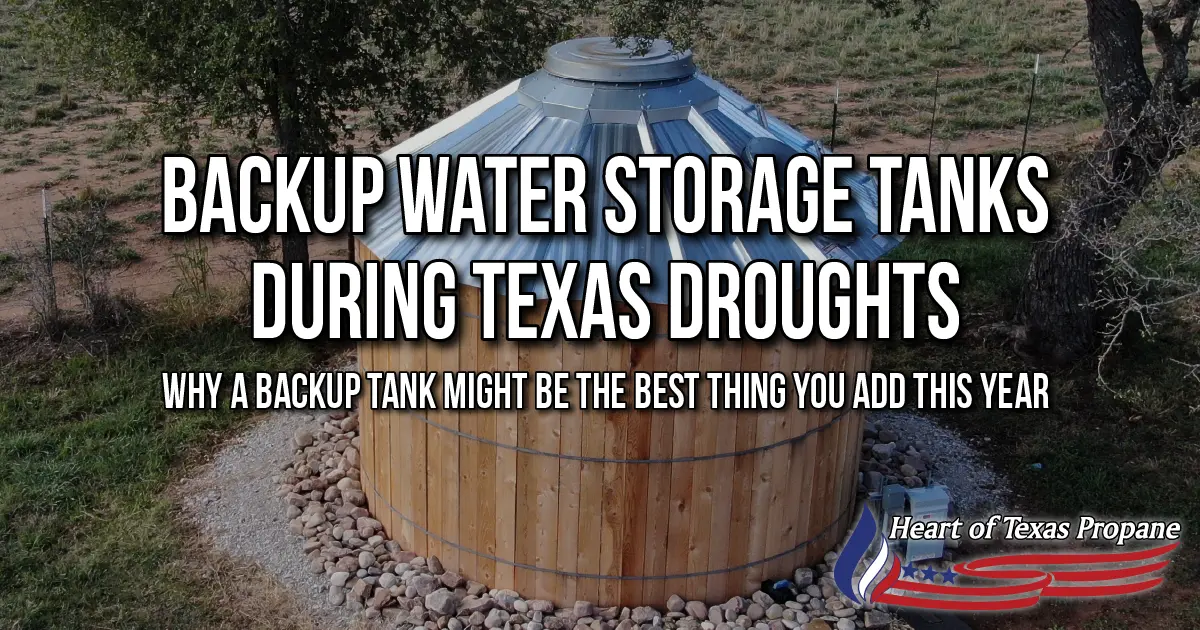
Backup Water Storage Tanks During Texas Droughts
Stay water-secure during Texas droughts. Learn how a backup water tank can protect your well system and keep your property running smoothly.
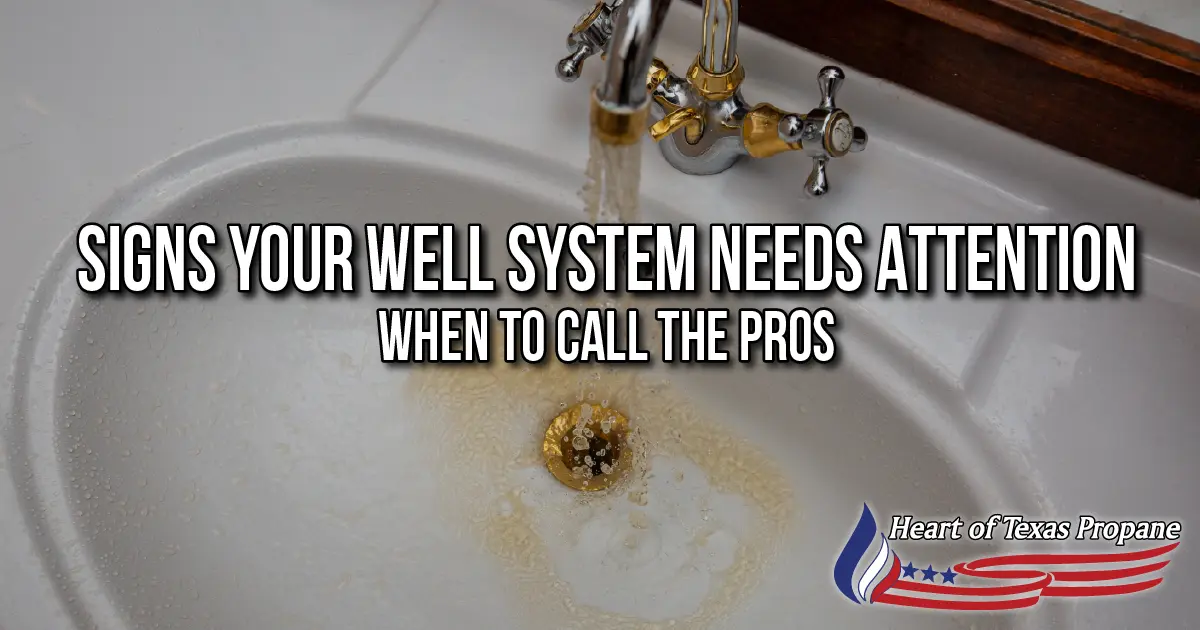
Signs Your Well System Needs Attention
Don’t get caught without water. Learn the top signs that your Texas Hill Country well system needs repairs before small problems turn big.
